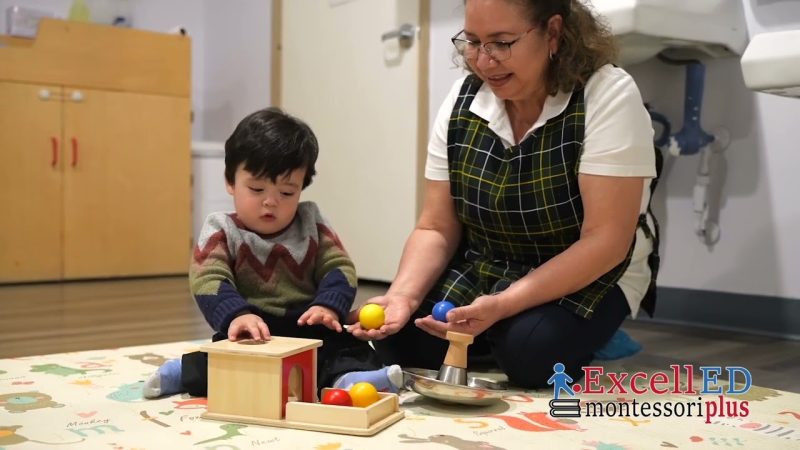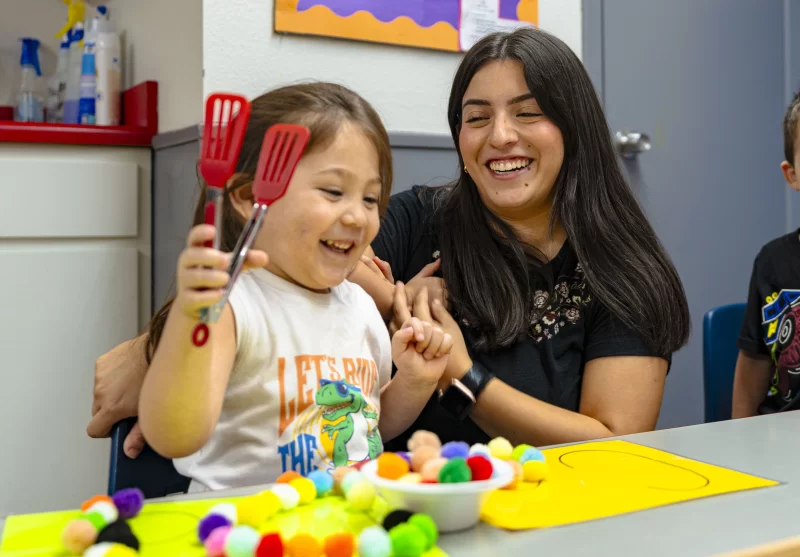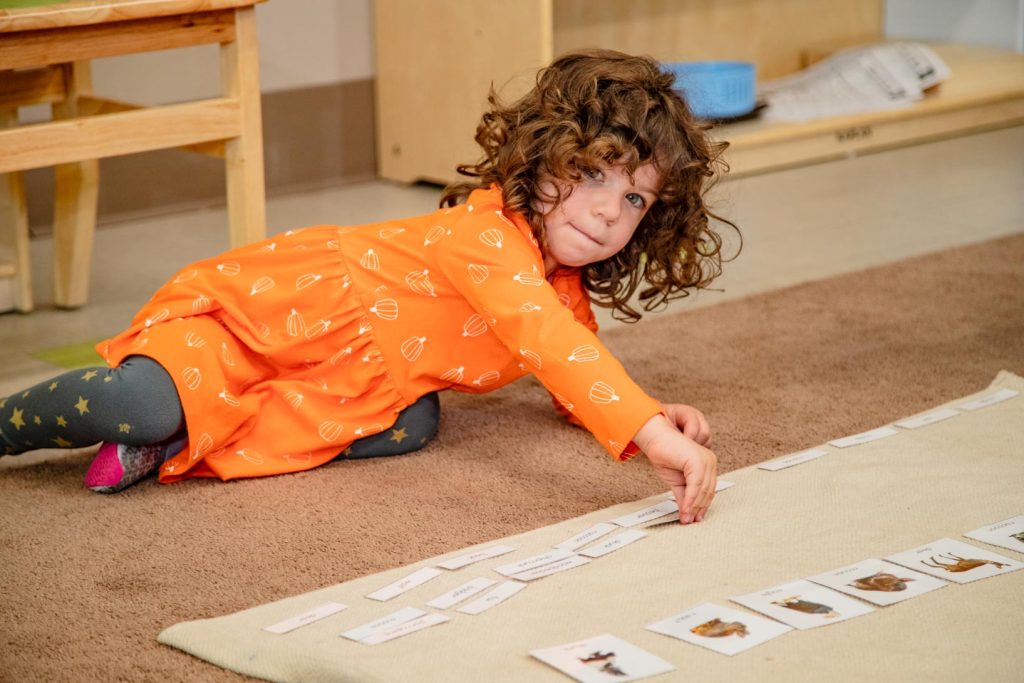
Montessori education is an alternative approach to traditional schooling that fosters independence, self-directed learning, and respect for each child’s unique development. The Montessori approach to education is based on the idea that children have a natural desire to learn and explore and that they are capable of taking charge of their own education. At the heart of the Montessori method is the concept of the “invisible teacher.”
The Invisible Teacher: Who or What is it?
The term “invisible teacher” might sound mysterious or even counterintuitive, but it’s actually quite simple. In Montessori classrooms, the invisible teacher refers to the carefully prepared environment and the indirect guidance the Montessori educator provides. This environment and guidance enable children to learn through discovery and exploration without an adult constantly dictating their actions.
The Prepared Environment: The prepared environment is considered a “teacher” because it is carefully designed and arranged to support children’s learning and development. The materials and activities in the environment are carefully chosen to be developmentally appropriate and to encourage exploration, creativity, and independence.
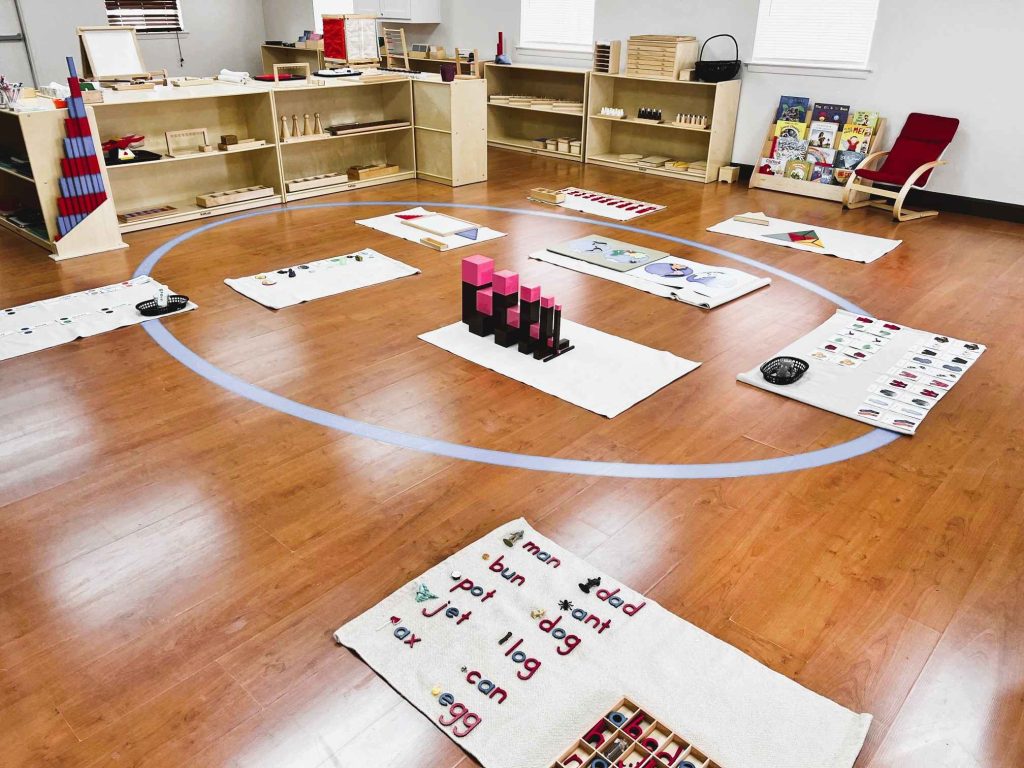
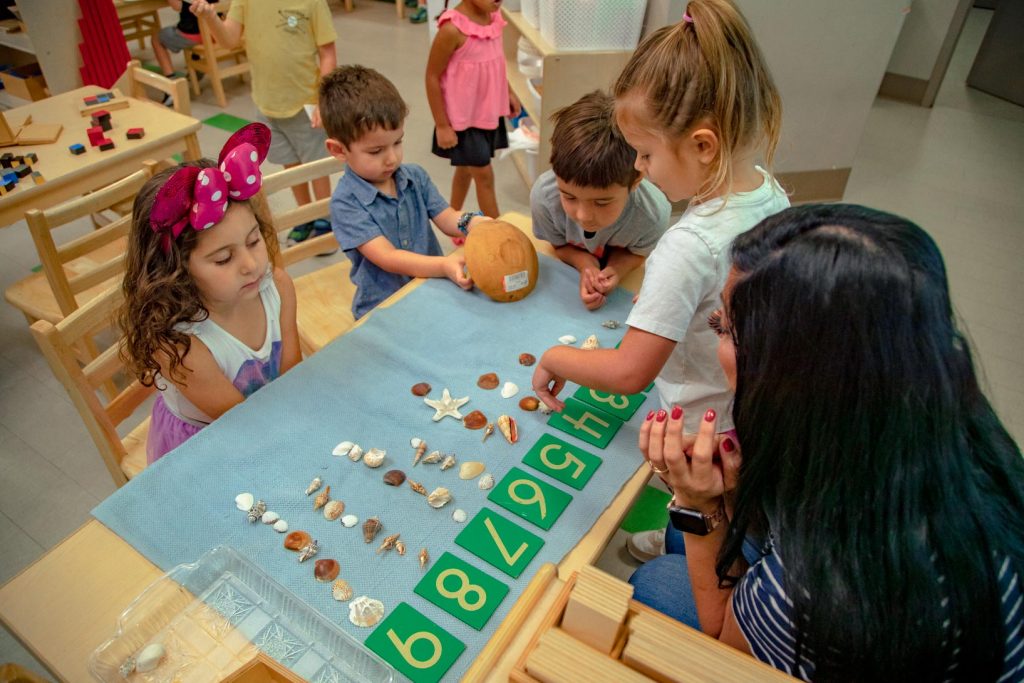
The Teacher: The teacher in a Montessori classroom acts as a guide or facilitator rather than as the sole source of knowledge or authority. They are trained to observe and understand each child’s needs and interests and to provide individualized guidance and support as needed.
The Benefits of the Invisible Teacher Approach
The invisible teacher approach offers numerous benefits for children in a Montessori classroom:
a) Fosters Independence: By allowing children to take the lead in their learning, the invisible teacher approach promotes independence and self-reliance. Children learn to trust their instincts, develop problem-solving skills, and become responsible for their own education.
b) Encourages Self-Directed Learning: In a Montessori classroom, children have the freedom to choose the activities and materials that interest them. This self-directed learning approach allows children to develop a love for learning and become lifelong learners.
c) Respects Individual Development: The invisible teacher approach recognizes that each child is unique and develops at their own pace. By observing each child’s interests and abilities, Montessori teachers can offer individualized learning experiences tailored to each child’s needs.



d) Nurtures Intrinsic Motivation: The Montessori method encourages children to learn for the joy of learning rather than for external rewards or praise. This intrinsic motivation helps children develop a positive attitude toward learning and a strong work ethic.
Additionally, it helps to build a strong sense of community and collaboration as children work together and learn from one another.
The invisible teacher in action: a practical example
To further illustrate the concept of the invisible teacher, let’s look at some practical examples from a Montessori classroom:
a) The Three-Period Lesson: Montessori teachers use the three-period lesson to introduce new concepts or vocabulary. The first period involves naming the object or concept, the second period requires the child to identify or recognize it, and the third period involves the child recalling or reproducing the concept. The teacher’s role is to guide the child through these steps, allowing them to explore and discover the concept independently.
b) The Control of Error: Montessori materials are designed with a built-in control of error, which allows children to self-correct their mistakes without adult intervention. For example, a child working with a set of knobbed cylinders will naturally realize if they have placed a cylinder in the wrong hole, as it will not fit correctly. This self-correction process encourages independence and self-reliance.
c) Individual Work Plans: Montessori teachers often create individual work plans for each child based on their interests and developmental needs. This approach allows the child to choose their activities and work at their own pace, with the teacher providing guidance and support when necessary.
The Montessori Classroom Environment: The Prepared Environment
The Montessori classroom is designed to be a “prepared environment” where children can explore, learn, and grow at their own pace. This means that the classroom is intentionally designed to be child-centric, with materials and activities carefully chosen to foster the child’s development. The invisible teacher is embodied in the environment itself, as it facilitates the child’s learning without direct instruction or interference.
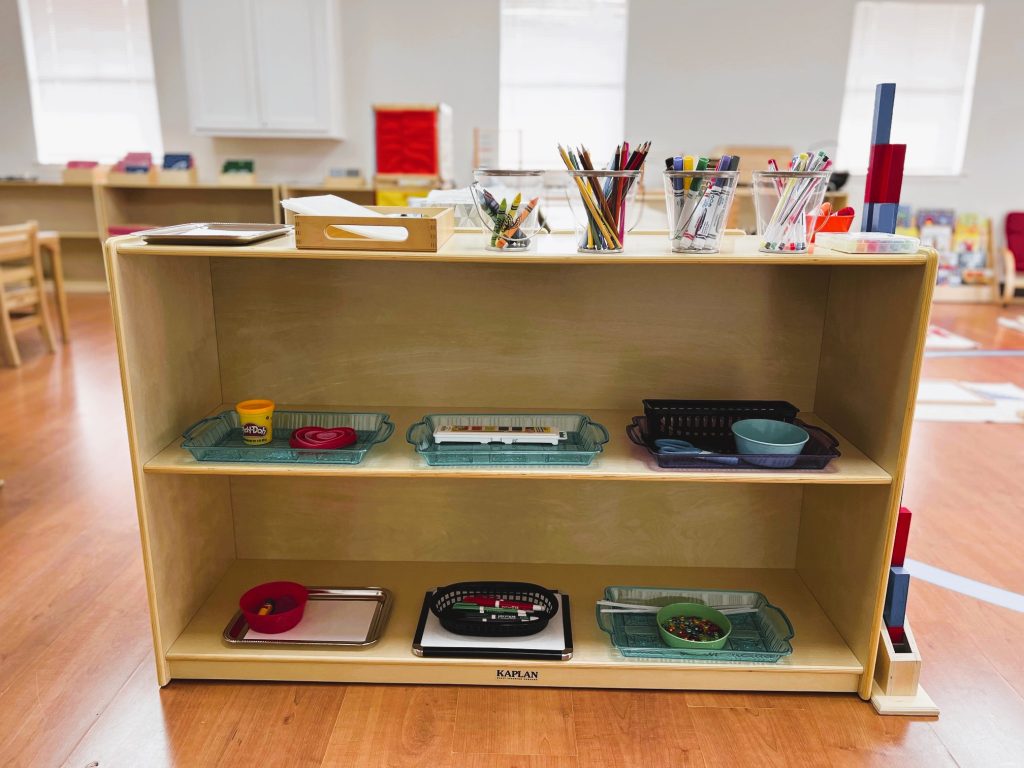
In a Montessori classroom, materials are organized on low shelves, making them easily accessible to the children. Each area of the room is dedicated to a specific learning domain, such as language, math, science, or practical life skills. The materials are designed to be hands-on and self-correcting, allowing children to learn from their mistakes and build independence.
Montessori Prepared Environment vs. Traditional Classroom: A Comparison
The Role of the Montessori Teacher: Guide, Observer, and Facilitator
In a Montessori classroom, the teacher is often referred to as a “guide” or “facilitator” rather than a traditional teacher. The role of a Montessori guide is to create a supportive and nurturing environment where children can learn and grow at their own pace. The guide observes each child’s individual needs and interests and tailors their instruction accordingly, helping to guide the child’s learning journey.
While Montessori teachers may seem “invisible” at times, their role is crucial in creating a nurturing learning environment. Montessori teachers are trained to be guides, observers, and facilitators rather than traditional instructors. They carefully observe each child’s interests and developmental needs, providing guidance and support when necessary.
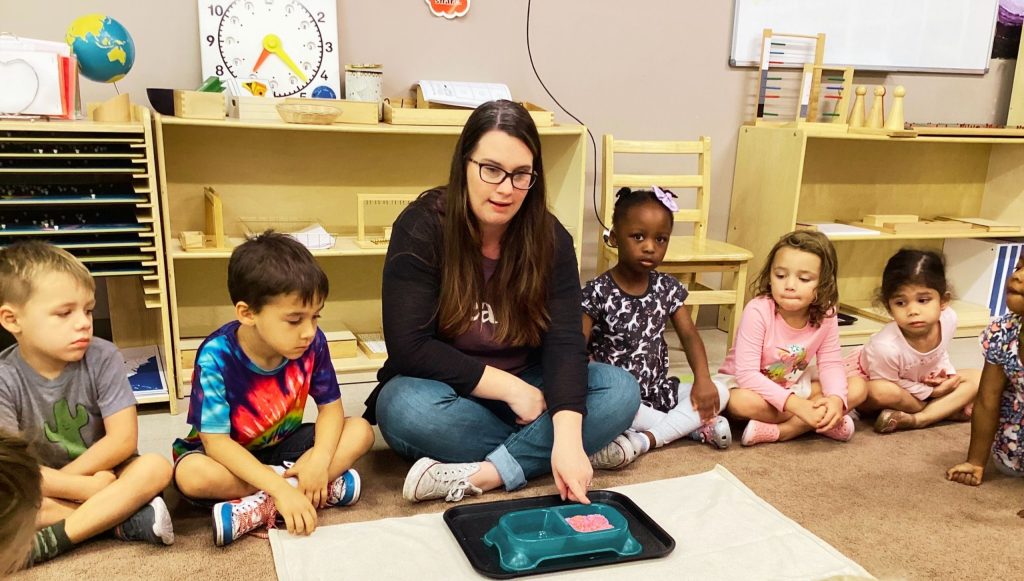
The Montessori teacher’s primary role is to prepare the environment and offer individualized learning opportunities for each child. This involves introducing new materials and activities based on the child’s interests and developmental stage, allowing the child to engage with the materials independently.
By taking a step back and allowing the child to take the lead in their learning, the teacher becomes an “invisible teacher,” empowering children to develop problem-solving skills, independence, and a love for learning. This approach contrasts with traditional education, where the teacher is often the center of attention, and learning is primarily teacher-directed.
Montessori Guide vs. Traditional Classroom Teacher: A Comparison




The Five Teachers
In a Montessori classroom, there are a total of “five teachers“: the prepared environment, the teacher, other students in the classroom, the child, and the child’s family. This concept recognizes that children learn from various sources, and each plays an essential role in supporting children’s learning and development.
Other Students in the Classroom: In a Montessori classroom, children of different ages and abilities work together in a mixed-age environment. This allows older children to serve as mentors and role models for younger children, fostering a sense of community, cooperation, and empathy.
The Child: The child is considered a “teacher” because they are active learners who take an active role in their own learning and development. They have the freedom to choose their own activities and materials and to work at their own pace, which fosters a sense of independence, confidence, and self-motivation.
The Child’s Family: The child’s family is also considered a “teacher” in the Montessori approach. They play an important role in supporting their child’s learning and development by providing a supportive and nurturing home environment, staying involved in their child’s education, and communicating with the teacher about their child’s progress and needs.
By recognizing the many different “teachers” that support children’s learning and development in the Montessori approach, the focus is on creating a supportive and collaborative learning environment that meets the unique needs of each child.
“In the end, the greatest teacher is the one who inspires us to learn, even when they’re not in the room. It’s not about seeing the teacher, but about feeling their impact on a student’s life.”
Related Links:
The Invisible Teacher: The Magic of Montessori,
Unleashing the Power of the Montessori Prepared Environment,
Empowering Young Minds through Guidance and Exploration
Subscribe to Newsletter
Programs offered at ExcellED Montessori Plus include:
✔️Infants (10 Weeks – 18 Months)
✔️Toddlers (18 – 36 Months)
✔️Primary (3-6 Years)
✔️Kindergarten
✔️Mother’s Day Out
✔️Spanish Immersion / Dual Language
✔️After School Programs and Summer Camp (6 – 12 Years)
Music, Spanish, and Yoga are other programs included as part of the tuition.
Learn more about Inquiry-based Learning



